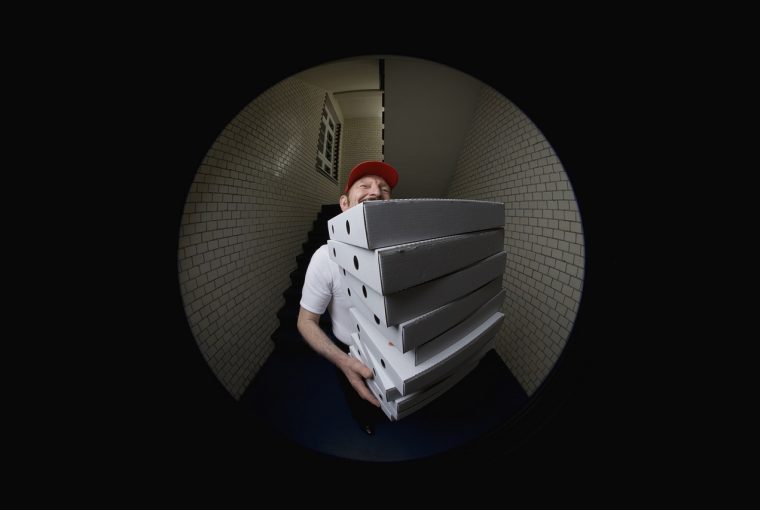IS THE MILLENNIAL KITCHEN DISAPPEARING?
The cost of ordering in will continue to decline, say researchers
Monday 5th of November 2018
It’s always fascinating when innovation, property and lifestyle trends meet – these, often driven by the financial catalysts in our midst. As property prices in cities soar, one of these global trends is the decline of the size of the home. And one of the first casualties is the kitchen.
By Sandra Gordon
In recent years, the stand-alone kitchen was transformed into an open plan space with a food preparation island separating it from the living room. Now new rental developments targeting young and first-time buyers no longer offer a kitchen island and there is often minimal counter space.
In Britain, research reveals that the space dedicated to food preparation peaked in the 1960s and that in the intervening years living rooms and kitchens in British homes have shrunk to levels last seen 80 years ago.
Now a new UBS research report, titled ‘The End of the Kitchen?’ suggests that by 2030 most meals which are currently prepared at home, will be ordered online and delivered to people’s homes. As a result, in-home kitchens will continue to shrink while shared kitchens become more common.
One crucial factor fuelling the gradual disappearance of the kitchen is the proliferation of delivery apps. The UBS report estimates that food delivery apps are on average among the top 40 most downloaded apps in major markets. And they are particularly popular among millennials, who are three times more likely to order takeaways than their parents.
Crucially, ordering-in is not just more convenient but is also becoming more cost-effective than making meals from scratch. The total cost of producing a professionally cooked and delivered meal is fast approaching the cost of home-cooked food – particularly when factoring in the time taken to shop, cook and clean, notes UBS. This is due, in part, to the reduced cost of labour courtesy of the gig economy – such as Uber Eats and OrderIn.
The cost of ordering will continue to decline, notes UBS, as start-ups – using kitchen robots and delivery drones – further reduce the costs of providing meals.
Home-cooking food delivery services such as DailyDish and UCook would fill any gaps, but would still require minimal preparation.
Another global trend which is threatening the future of the kitchen is the rising number of single-person households, which currently make up more than 25% of all households in countries like the US, UK and South Africa.
As a growing percentage of people live alone, some new developments are creating “co-living” spaces in which people share communal spaces like living rooms and kitchens. The co-living market is booming in the US and UK but is also beginning to feature in new micro-living developments in South Africa’s major metro housing markets.
The food delivery market could ultimately be worth as much as $365 billion, according to UBS – with the food delivery services the major winners. The knock-on effect to food production ecosystems and property markets will be significant, as people buy less fresh food and eat out less frequently.
However, UBS concedes that the end of the kitchen is not inevitable. Greater government regulation to protect workers in the gig economy and to tackle obesity, coupled with the fact that kitchen robots and delivery drones might take years to become mainstream, may well result in a return to home cooking.
As with all major market disruptions, the ultimate outcomes of major tech changes are notoriously difficult to predict.
Whether a great big farmhouse kitchen or a single counter top is on your wish list, we recommend contacting a Pam Golding Properties area specialist to help you find your perfect home.
Posted by Niki Jackson





